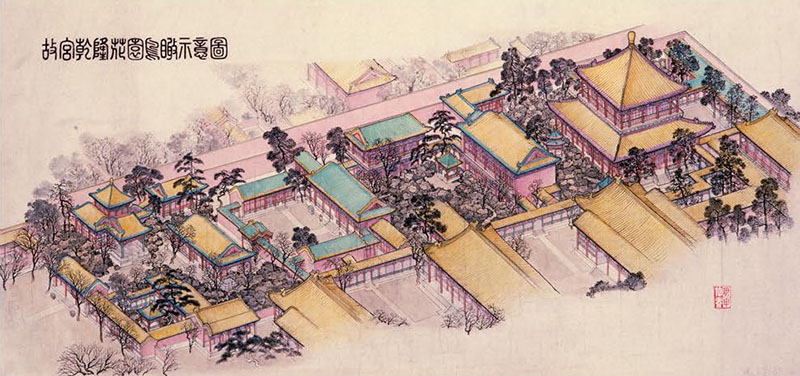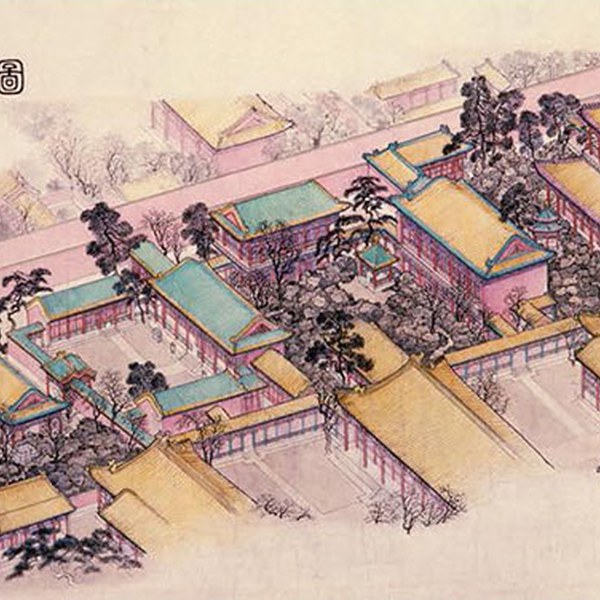Although traditional Chinese gardens are generally regarded as places to be experienced, not to be “read,” we might wonder about their ordering principles and why they look the way they do. Unfortunately, changes and successive renovations over time result in gardens that are at best conflations of historical entity and modern fancy.
The Qianlong Emperor’s Garden, created in the 1770s in the Forbidden City, is a notable exception. With its layout and components intact due to its privileged seclusion, the garden’s historical character is well-preserved. Moreover, the garden is highly “readable.” Its design reveals an intriguing but intelligible spatial fiction with a discernable “storyline,” in which the concern with the emperor’s longevity is materialized into a “plot” of successive rockeries, pavilions and towers that suggests a journey or transport into a land of illusion.
Eugene Y. Wang is the Abby Aldrich Rockefeller Professor of Asian Art at Harvard University. He taught at the University of Chicago before joining the Harvard faculty in 1997. His extensive publications range from early to contemporary Chinese art, on topics that include art in ancient tombs, murals in Buddhist caves, scroll paintings woodblock prints, photography, and films. His book Shaping the Lotus Sutra: Buddhist Visual Culture in Medieval China garnered the Academic Achievement Award, Rhisso University, Japan (2006). He has received a Guggenheim Fellowship, the Charles A. Ryskamp Fellowship from the American Council of Learned Societies, and postdoctoral and research grants from the Getty Foundation. The exhibitions he has curated for the Fairbank Center for Chinese Studies at Harvard include Seeing Utopia: Visions of Contemporary Chinese Urbanscapes and Renminibi: Faces of China and Currency of Images. He currently serves on the advisory board of the Center for Advanced Studies in the Visual Arts, National Gallery of Art, Washington, D.C.

